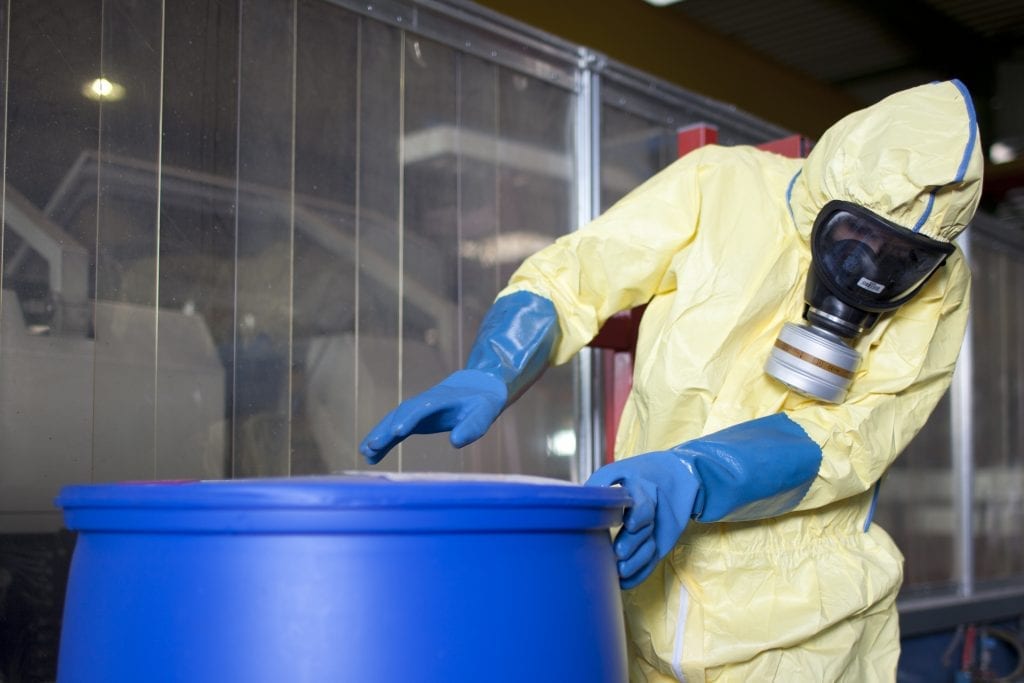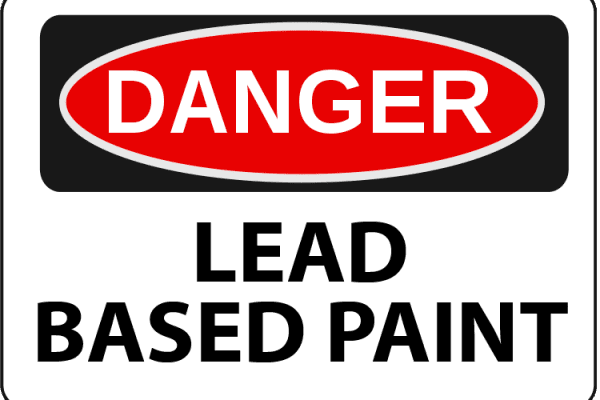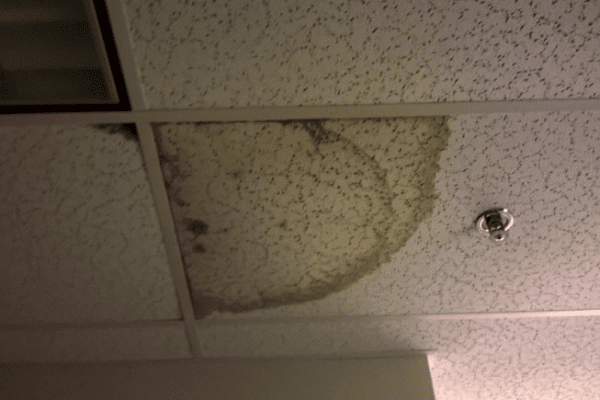Hazard Communication Plans (HCPs) are a required, and often overlooked, element of any company’s workplace health and safety plan. Failure to communicate hazards appropriately has steep costs in terms of worker health, both in the short and the long term.
Yet in the past year, OSHA has issued more than 5,000 citations for violations of the standard which regulates the employer’s obligation to communicate workplace hazards, Standard 1910.1200.
Want to keep your employees safe? Here’s what you need to know about developing and maintaining your hazard communication plan.
What Is a Hazard Communication Plan?
Hazard communication refers to the employer’s obligation to notify and communicate with employees regarding hazardous materials in the workplace. Hazardous materials can occur in any work environment and may include:
- Industrial and/or commercial chemicals
- Indoor air pollutants
- Asbestos, lead, or other contaminants that are released during construction or demolition
OSHA requires all employers to identify and document the presence of hazardous materials in the workplace, and develop a hazard communication plan.
What Must Be Included in a Hazard Communication Plan?
An OSHA-compliant Hazard Communication Plan includes four key components:
- The plan must be written and implemented
- All containers of hazardous materials must be labeled correctly
- Employees must have access to SDS sheets for all hazardous materials
- All potentially exposed employees must be provided with effective training
How To Write a Hazard Communication Plan
One: Identify and Document
An effective hazard communication plan begins by identifying and documenting the presence of all potentially hazardous materials in the workplace. This must include both known hazards and materials that have unknown properties, such as new chemicals that have not been thoroughly tested for health and safety. For known hazards, identify and document the SDS sheets for each one.
Two: Label All Potentially Hazardous Materials
Labels must be legible and in English and/or any other languages regularly spoken at the work site. They should include the following information:
- The original manufacturer’s label including product identifier
- Name, address, and telephone number of the chemical manufacturer
- Words, pictures, and/or symbols that provide general information regarding the hazards of the material
Three: Make Hazard Communication Documents and SDS Sheets Available
Store your hazard communication plan and all relevant SDS sheets in a central location, and provide access to employees in a manner that is easy for them to review on an as-needed basis.
Four: Provide Training
Every employee who may become exposed to workplace hazards should be provided with training in where to find documentation, the proper handling of the materials, including any necessary use of protective gear, rules regarding levels of exposure, and any other information necessary to promote a safe and healthy environment.
Five: Evaluate Periodically
The materials we use change constantly as new materials technologies are developed. Likewise, what we know about existing materials is constantly updated. Make a plan to evaluate your hazard communications plan regularly to ensure it contains the latest information about the materials in your workplace. Institute a system to add new materials to the plan as they are introduced to your environment, as well as to update SDS sheets and other information as new information becomes available.
Get Into Compliance Today
It’s not hard to comply with OSHA’s regulation, yet every year thousands of companies are cited for failing to do so. Worker safety is important to you, so go ahead and take steps to get into compliance today. One of our qualified industrial hygienists would be glad to speak to you today about your needs.






